Table of Contents
Imagine setting off on an adventure that feels like flipping through the pages of a living history book. Picture yourself wandering through the Middle Eastern capitals, each a unique blend of stories, traditions, and sights that are simply waiting to be discovered.
Let’s embark together on a journey that’s not just about ticking off famous landmarks. It’s about diving into the heart of each city, where the past and present dance together in a vibrant celebration of life.
The Middle East, a fascinating crossroad where Asia, Africa, and Europe meet, is more than just a spot on the map. It’s a mosaic of cultures, a tapestry of historical tales, and a geographical wonderland.
On this page, we want to keep things light and engaging. Our goal? To give you a sneak peek into the must-see spots in the capital cities to visit the Middle East. Think of this as your personal, easy-to-digest guide to the wonders waiting in these ancient, yet ever-so-lively, urban hubs.
The Middle East
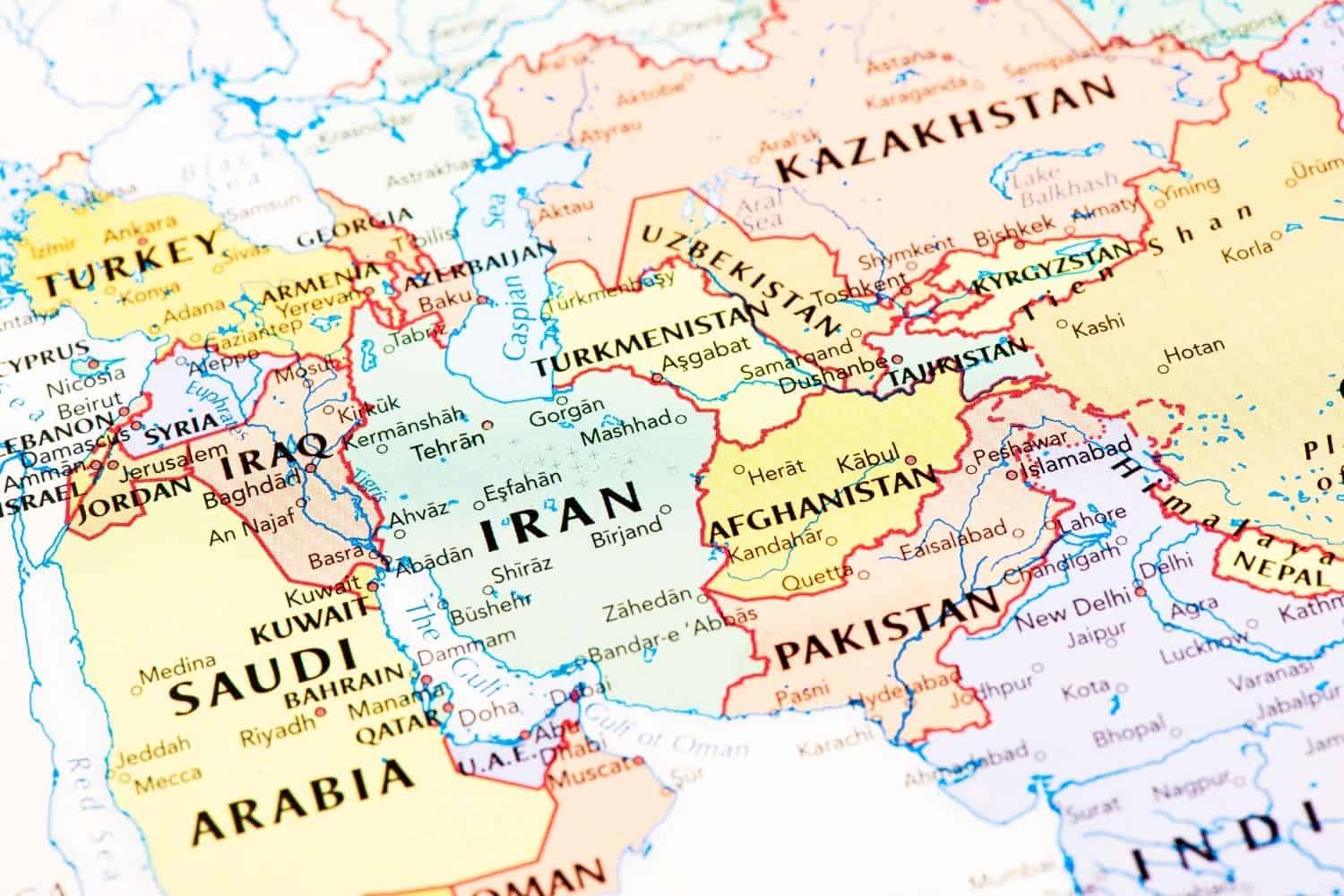
Here’s a quick overview of the Middle East:
- Geography: The Middle East spans across the southwestern part of Asia and the northeastern part of Africa. It encompasses various landscapes, including deserts, mountains, fertile plains, and coastal areas.
- Countries: The Middle East consists of numerous countries, each with its own unique culture and history. Some of the prominent ones include Saudi Arabia, Iran, Iraq, Israel, Jordan, Egypt, Turkey, and the United Arab Emirates.
- Religion: The Middle East is often considered the birthplace of major world religions, including Islam, Christianity, and Judaism. It is home to many holy sites and religious traditions.
- History: The Middle East has a rich historical heritage, with civilizations dating back thousands of years, including Mesopotamia, Egypt, Persia, and the Byzantine Empire. It has been a center of trade, culture, and conflict throughout history.
- Culture: Middle Eastern culture is diverse and influenced by a variety of factors, including religion, traditions, and the exchange of ideas with neighboring regions. It is known for its art, music, cuisine, and hospitality.
- Languages: Arabic, Persian, Turkish, and Hebrew are some of the primary languages spoken in the Middle East, though there is a wide range of linguistic diversity across the region.
- Modern Challenges: The Middle East faces contemporary challenges, including political conflicts, regional tensions, and economic disparities. Issues like the Israeli-Palestinian conflict, civil wars, and regional power struggles have shaped its modern landscape.
- Economy: The Middle East is a significant player in the global energy market, with many countries rich in oil and natural gas resources. It also has diverse economies, including tourism, agriculture, manufacturing, and services.
- Tourism: The region attracts tourists with its historical sites, such as the pyramids in Egypt, Petra in Jordan, and the ancient cities of Iran. It offers a blend of ancient history and modern cities with vibrant cultures.
- Global Influence: The Middle East’s strategic location and resources make it a region of global importance, with significant influence on international politics, economics, and energy markets.
Capital cities of all the countries in the Middle East
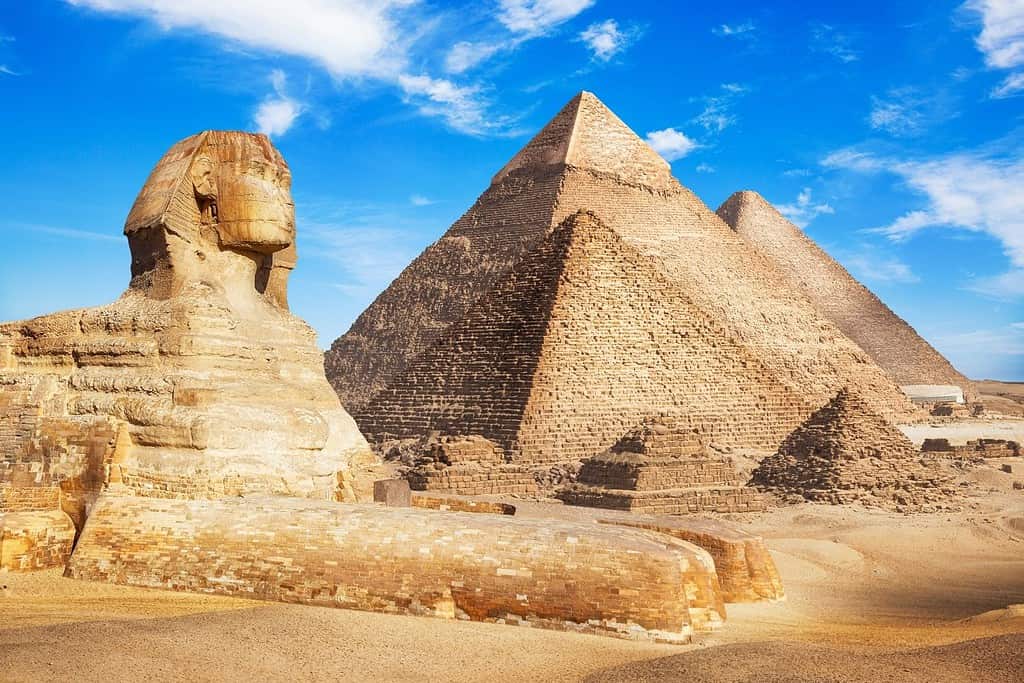
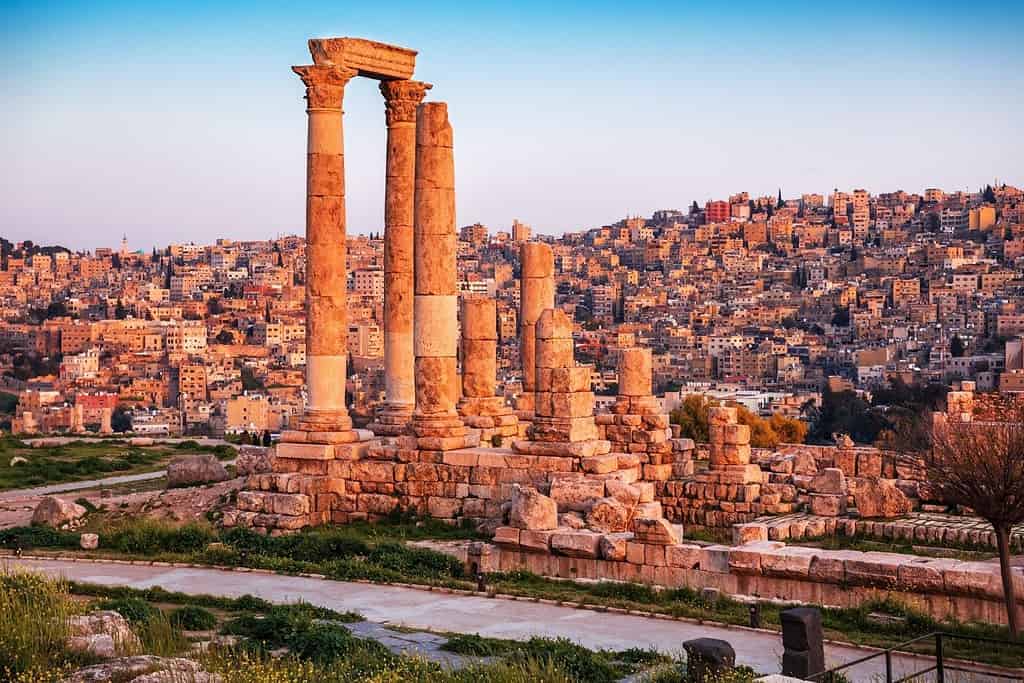
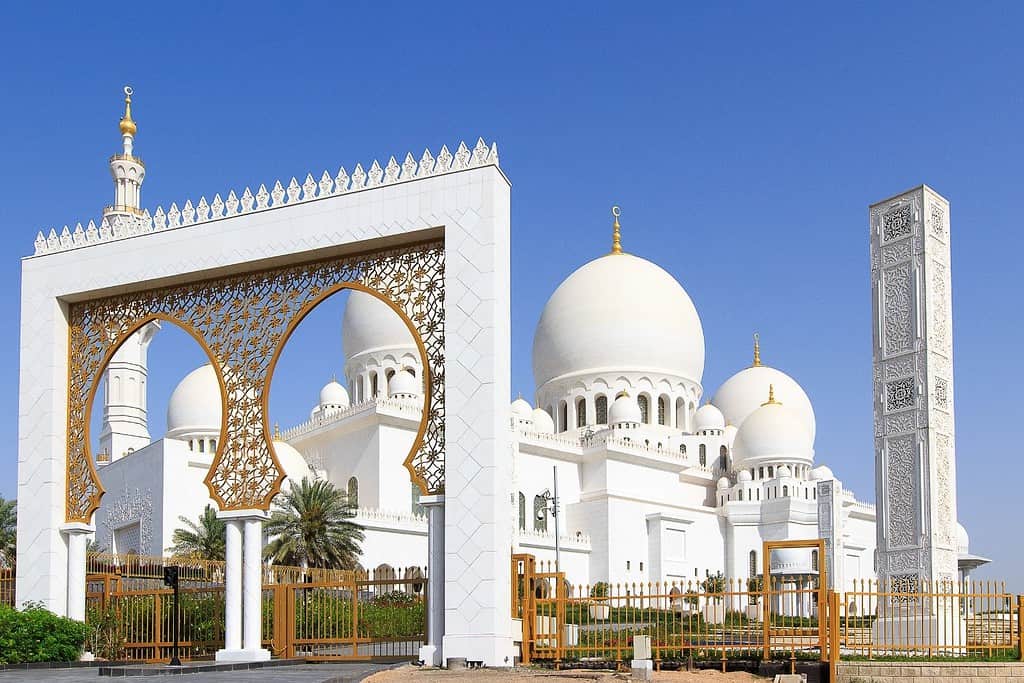
Here’s a table with Middle Eastern countries, their capitals, and approximate population figures. Please note that population figures can change over time.
| Country | Capital | Population (Approximate) |
|---|---|---|
| Afghanistan | Kabul | 38 million |
| Bahrain | Manama | 1.5 million |
| Cyprus | Nicosia | 1.2 million |
| Egypt | Cairo | 100 million |
| Iran | Tehran | 84 million |
| Iraq | Baghdad | 40 million |
| Israel | Jerusalem | 9 million |
| Jordan | Amman | 10 million |
| Kuwait | Kuwait City | 4 million |
| Lebanon | Beirut | 6 million |
| Oman | Muscat | 5 million |
| Palestine (West Bank / Gaza) | Ramallah / Gaza City | 5 million |
| Qatar | Doha | 3.5 million |
| Saudi Arabia | Riyadh | 34 million |
| Syria | Damascus | 18 million |
| Turkey | Ankara | 83 million |
| United Arab Emirates | Abu Dhabi | 9 million |
| Yemen | Sana’a | 30 million |
Please keep in mind that population figures can change, so it’s advisable to consult the most recent data from official sources for precise numbers.
Middle Eastern capitals by date of fundation
Here’s the table organized by the oldest to newest capitals in the Middle East:
| Capital | Date of Foundation | Culture or Empire |
|---|---|---|
| Jericho (West Bank) | Around 8000 BC | Prehistoric Inhabitants |
| Gaza City (Palestine – Gaza) | Around 3500 BC | Ancient Canaanite, Roman, Islamic |
| Jerusalem (Israel) | Around 2000 BC | Canaanite, Israelite, Various |
| Damascus (Syria) | Around 1100 BC | Ancient Aramean, Roman, Islamic |
| Amman (Jordan) | 13th century BC | Ancient Ammonites |
| Beirut (Lebanon) | 15th century BC | Ancient Phoenician, Roman, Islamic |
| Ankara (Turkey) | 13th century BC | Ancient Hittite, Phrygian, Roman |
| Nicosia (Cyprus) | 9th century BC | Ancient Greek, Roman, Byzantine, Ottoman |
| Cairo (Egypt) | 969 AD | Fatimid Caliphate (Islamic) |
| Baghdad (Iraq) | 762 AD | Abbasid Caliphate (Islamic) |
| Tehran (Iran) | 13th century AD | Ilkhanate (Islamic) |
| Muscat (Oman) | 6th century AD | Caliphate of Oman (Islamic) |
| Kuwait City (Kuwait) | 18th century | Arabic (Sheikhdom of Kuwait) |
| Manama (Bahrain) | 18th century | Arabic (Bahraini) |
| Riyadh (Saudi Arabia) | 18th century | Arabic (Saudis) |
| Abu Dhabi (United Arab Emirates) | 18th century | Arabic (Emirati) |
| Doha (Qatar) | 19th century | Arabic (Qatari) |
| Ramallah (Palestine – West Bank) | 16th century AD | Ottoman (Islamic) |
| Sana’a (Yemen) | Around 1000 BC | Ancient Sabaean, Islamic |
Please note that the dates provided are approximate, and the history of these cities can be influenced by various factors over time.
Middle East Capital Cities with UNESCO Sites
Here is a table listing Middle Eastern capitals with UNESCO World Heritage Sites along with the dates of construction for some of these sites:
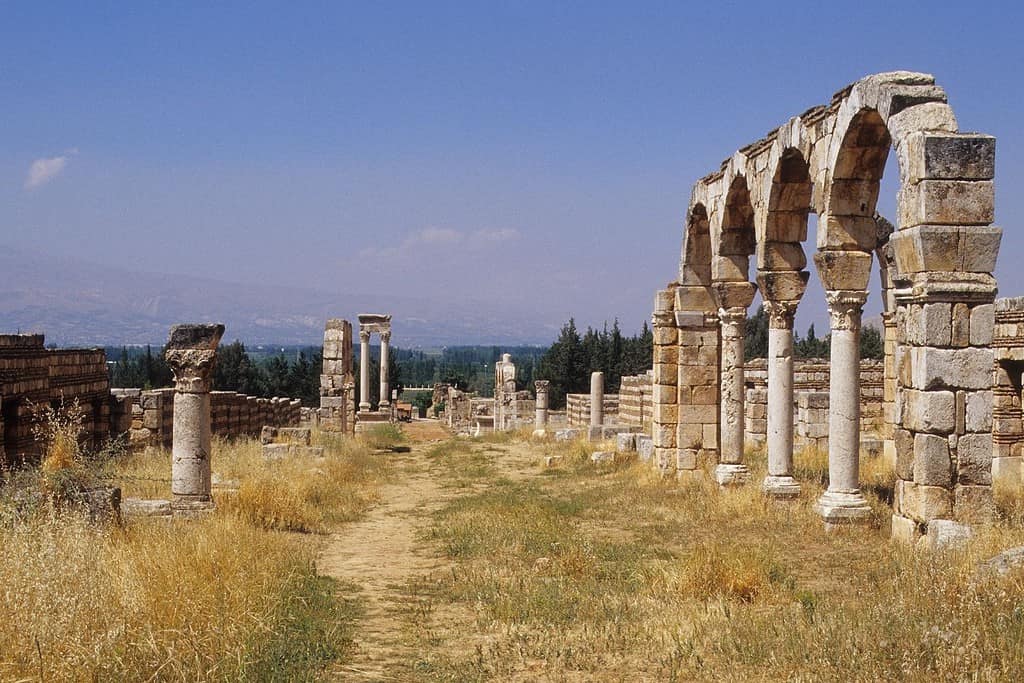
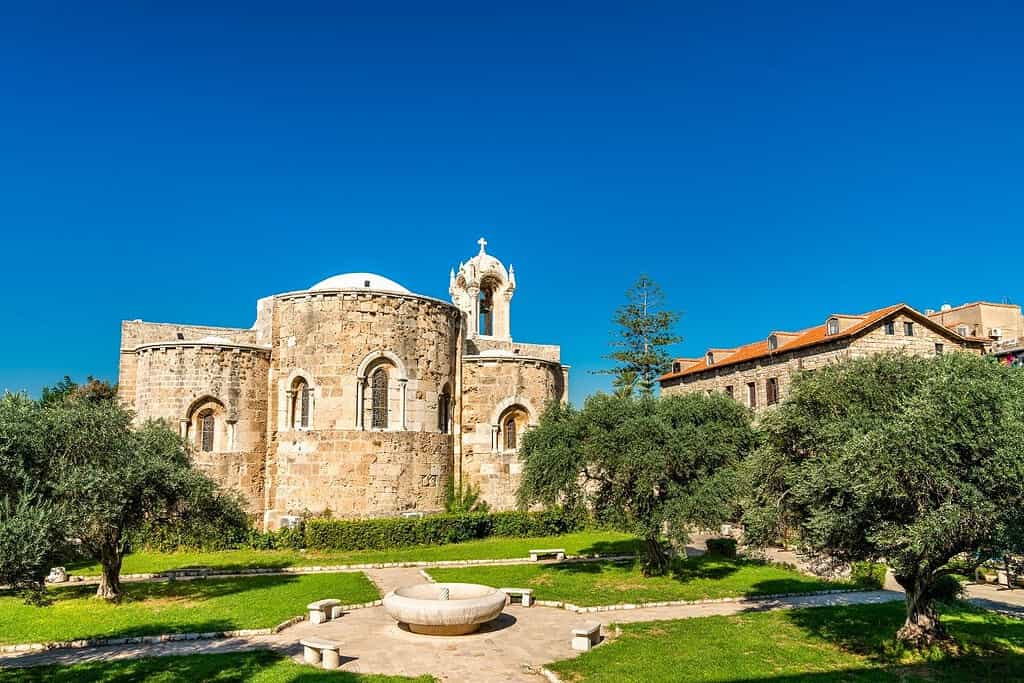
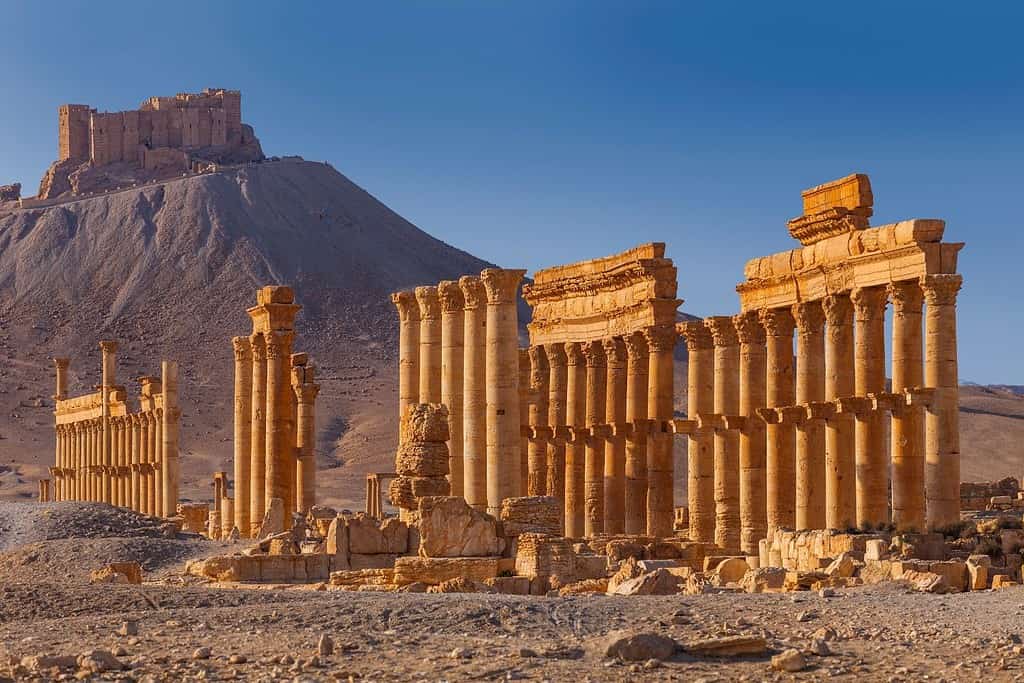
| Capital | UNESCO World Heritage Sites | Dates of Construction |
|---|---|---|
| Cairo, Egypt | – Historic Cairo | Various periods |
| – Memphis and its Necropolis – The Pyramid Fields from Giza to Dahshur | 2580–2560 BC (Great Pyramid) | |
| – Ancient Thebes with its Necropolis | 16th century BC | |
| Baghdad, Iraq | – Samarra Archaeological City | 9th century AD |
| Beirut, Lebanon | – Anjar | 8th century AD |
| – Byblos | Around 5000 BC | |
| Damascus, Syria | – Ancient City of Damascus | Various periods |
| – Site of Palmyra | 1st to 3rd century AD | |
| Jerusalem, Israel | – Old City of Jerusalem and its Walls | Various periods |
| – Birthplace of Jesus: Church of the Nativity and the Pilgrimage Route, Bethlehem | 4th century AD (Church of the Nativity) | |
| Kabul, Afghanistan | – Minaret and Archaeological Remains of Jam | 12th century |
| Muscat, Oman | – Bahla Fort | 12th century |
| – Archaeological Sites of Bat, Al-Khutm, and Al-Ayn | 3rd millennium BC | |
| Tehran, Iran | – Golestan Palace | 16th century |
| – Masjed-e Jāmé of Isfahan | 8th century (earliest parts) | |
| Sana’a, Yemen | – Old Walled City of Shibam | 16th century |
| – Old City of Sana’a | Various periods |
Please note that the dates provided are approximate and may vary based on historical records and renovations.
Middle Eastern Capitals Top Monuments
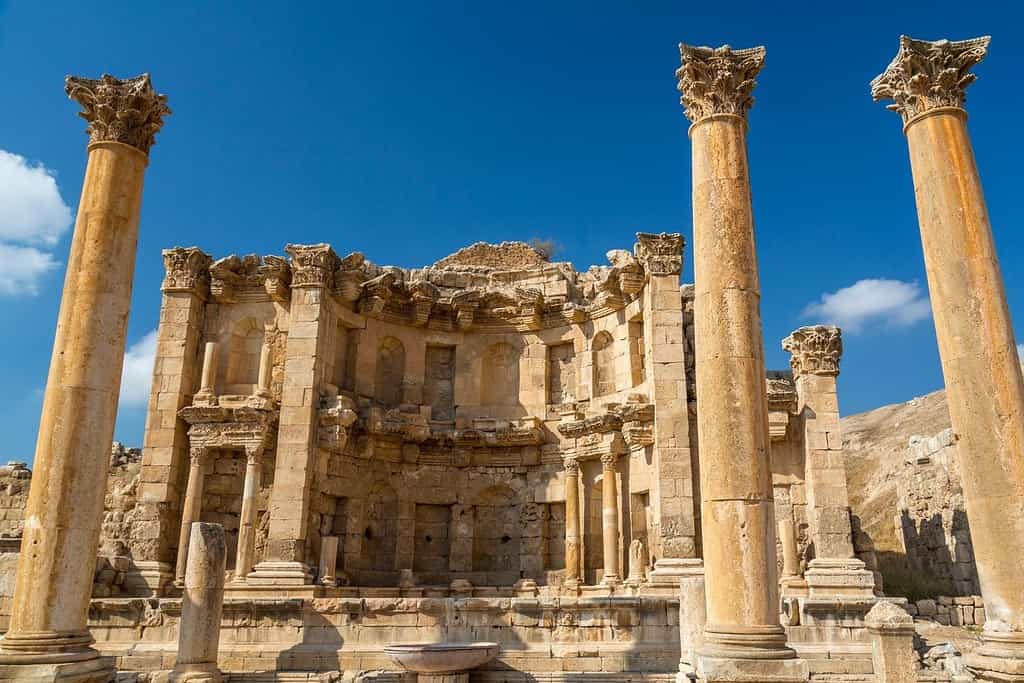
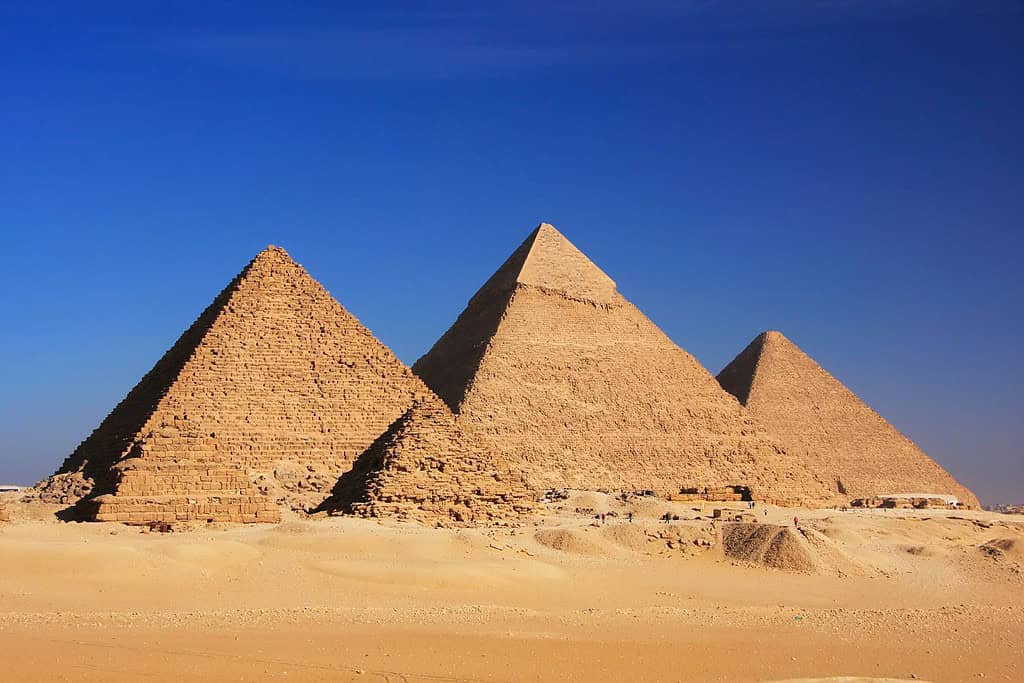
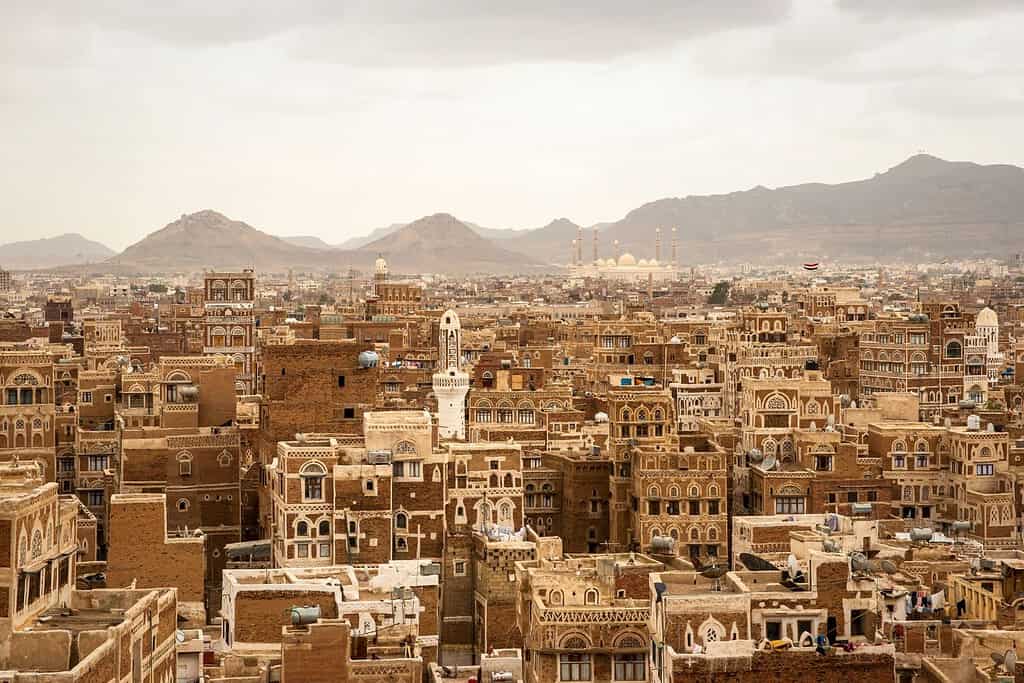
Creating a detailed table for all Middle Eastern capitals with the three most important monuments or sightseeing places in each, along with their construction dates, is a substantial task. Here’s an abbreviated version of the table:
| Capital | Monuments and Sightseeing Places | Date of Construction |
|---|---|---|
| Amman (Jordan) | 1. Jerash – Roman Ruins | 1st century BC |
| 2. Amman Citadel – Historic Hilltop Site | Various periods | |
| Baghdad (Iraq) | 1. Al-Mustansiriya School – Islamic Architecture | 13th century |
| 2. Al-Mahmudiyah Mosque – Ottoman Architecture | 18th century | |
| 3. National Museum of Iraq – Ancient Artifacts | 1920 | |
| Beirut (Lebanon) | 1. Roman Baths – Ancient Ruins | 1st century AD |
| 2. Mohammad Al-Amin Mosque – Ottoman Design | 2008 | |
| 3. National Museum of Beirut – Historical Art | 1937 | |
| Cairo (Egypt) | 1. Giza Pyramids – Ancient Wonders | 2580–2560 BC |
| 2. The Egyptian Museum – Pharaonic Treasures | 1902 | |
| 3. Cairo Citadel – Historic Fortification | 12th century | |
| Damascus (Syria) | 1. Umayyad Mosque – Islamic Architecture | 715 |
| 2. Azm Palace – Ottoman Architecture | 18th century | |
| 3. Old City of Damascus – Ancient Souks | Various periods | |
| Jerusalem (Israel) | 1. Western Wall – Sacred Jewish Site | 19 BC |
| 2. Dome of the Rock – Islamic Shrine | 691 | |
| 3. Church of the Holy Sepulchre – Christian Site | 4th century | |
| Kabul (Afghanistan) | 1. Babur’s Garden – Historic Park | 16th century |
| 2. National Museum of Afghanistan – Artifacts | 1919 | |
| 3. Darul Aman Palace – Afghan Architecture | 1920s | |
| Kuwait City (Kuwait) | 1. Kuwait Towers – Modern Landmarks | 1979 |
| 2. Grand Mosque – Islamic Architecture | 1986 | |
| 3. Liberation Tower – Iconic Skyscraper | 1993 | |
| Manama (Bahrain) | 1. Bahrain Fort – Ancient Ruins | 3rd century BC |
| 2. Al Fateh Grand Mosque – Islamic Architecture | 1988 | |
| 3. Bahrain National Museum – Historical Art | 1988 | |
| Muscat (Oman) | 1. Sultan Qaboos Grand Mosque – Islamic Design | 2001 |
| 2. Mutrah Corniche – Scenic Waterfront | Ongoing development | |
| 3. Al Jalali and Al Mirani Forts – Historic Sites | 16th century | |
| Riyadh (Saudi Arabia) | 1. Kingdom Centre Tower – Modern Skyscraper | 2002 |
| 2. Masmak Fortress – Historical Fortification | 1865 | |
| 3. National Museum of Saudi Arabia – Artifacts | 1999 | |
| Sana’a (Yemen) | 1. Old City of Sana’a – UNESCO World Heritage | Various periods |
| 2. Al Saleh Mosque – Islamic Architecture | 2008 | |
| 3. Dar Al-Hajar – Rock Palace | 1930s | |
| Tehran (Iran) | 1. Golestan Palace – Historic Royal Complex | 16th century |
| 2. Azadi Tower – Iconic Monument | 1971 | |
| 3. National Museum of Iran – Archaeological Art | 1937 |
Consider this list above as your travel appetizer, a taste of the incredible feast of sights and experiences each Middle Eastern capital has to offer. We’re spotlighting just a handful of the many awe-inspiring monuments and must-visit spots, but remember, each city is a treasure trove of hidden gems waiting to be uncovered by the curious traveler.
Also, a little heads-up about the construction dates of these historical marvels: they’re ballpark figures. Given the layers of history, renovations, and the ever-evolving story of each site, the dates might have a bit of wiggle room. Think of them as a guide to the era, rather than a set-in-stone timestamp.
So, let’s dive in, but always keep in mind that this is just the beginning of the adventure. Each city holds countless more secrets and stories, eagerly awaiting your footprints.
